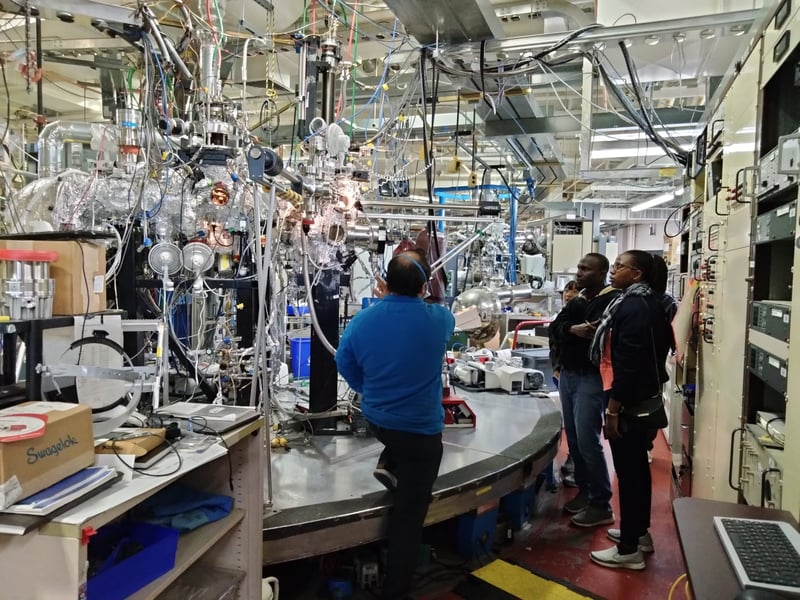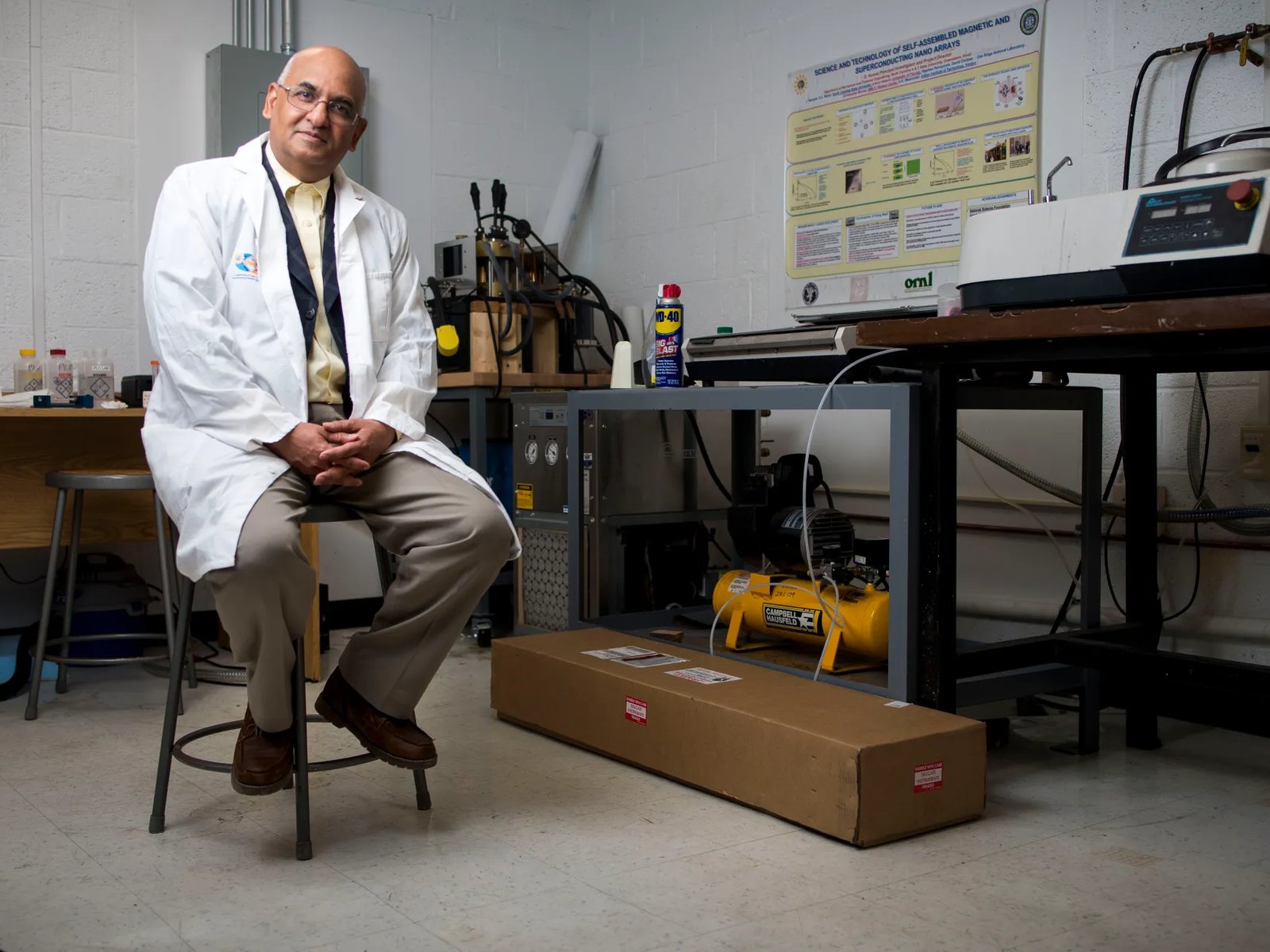Welcome
As a child growing up in a rural village in India, I was captivated by the way the natural world worked. That curiosity led me to study chemistry, and later to explore the world of superconductors, lasers, and atomic-scale materials. Today, I lead teams of brilliant students and collaborators across the country who are solving some of the most pressing problems in energy and advanced manufacturing.
From developing catalysts for clean hydrogen to engineering magnetocaloric films that could replace conventional cooling, my work lies at the interface of curiosity and application. At NC A&T, I've helped build one of the country's most advanced thin-film labs, where we prepare the next generation of scientists and engineers to lead.
4,000+
Total citations
4
NSF/DOE centers
$10M+
Research funding
20+
PhD graduates

A&T Students Join UC San Diego for PREM Summer Research Experience
By Web Team
Twelve North Carolina A&T students spent the summer at UC San Diego through the PREM CREAM collaboration, gaining valuable research experience as part of the university’s RIMSE program. The exchange reflects Professor Kumar’s ongoing commitment to building strong partnerships and student pathways in advanced materials science.

Meet the Next Generation of Leaders in the Energy Industry
By Lango Deen
In the 2023 Spring Meeting of the Materials Research Society (MRS) held in San Francisco, California, a team led by Dr. Dhananjay Kumar visited the labs of Dr. Ethan Crumlin and Dr. Junko Yano. The team included Sheilah Cherono and Moses Ashie, who were both students from North Carolina Agricultural and Technical (A&T) State University.
